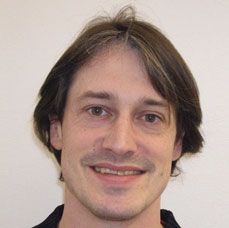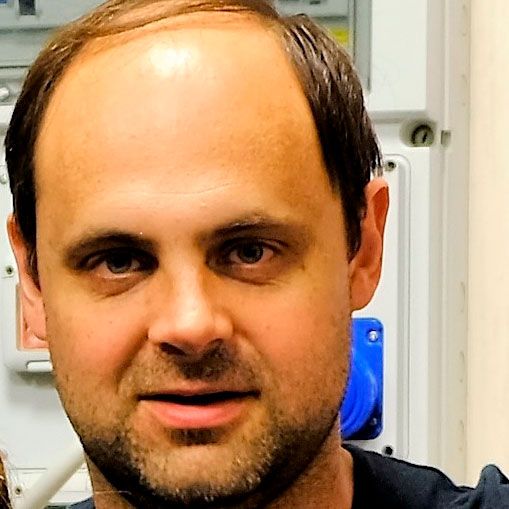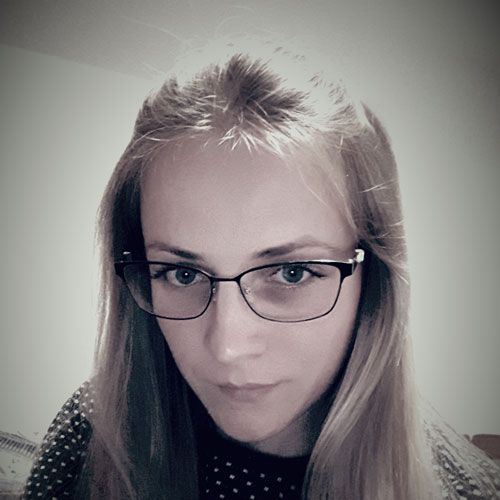
Iryna Andrusenko
IIT
Iryna Andrusenko got Bachelor and Master Degrees in Applied Physics at the Pedagogical State University of Sumy, Ukraine. Later she moved to Germany, where she attended PhD in Chemistry at the Johannes Gutenberg Universität working with electron diffraction and microscopy for the analysis of different classes of metastable nanocrystalline materials. Since 2018, she is employed as Post Doc at Istituto Italiano di Tecnologia, where she is working on the structural investigation of organic materials. Her research interests comprise the development and use of advanced electron microscopy and diffraction methods for the analysis of pharmaceutical compounds, hybrid organic-inorganic structures, polycyclic aromatic hydrocarbons and organic charge-transfer complexes. She is a group-oriented and result-oriented researcher used to collaborate with other academic institutions and with private companies.
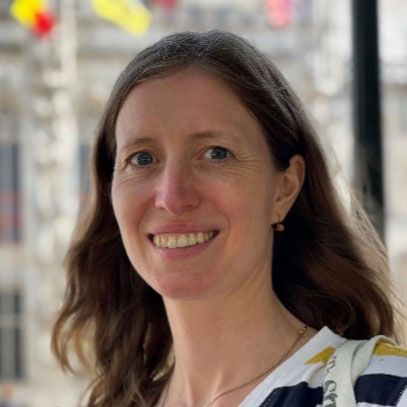
Maria Batuk
UA
Dr. Maria Batuk graduated from Moscow State University in 2009 and did her PhD at the University of Antwerp in the group of EMAT (Electron Microscopy for Materials Science) in 2013. In her PhD thesis, she combined different electron microscopy techniques (electron diffraction, high resolution imaging and spectroscopy) with powder diffraction (X-ray and neutron diffraction) to solve and refine the crystal structure of new complex oxides. After her graduation, she continued to work as a post doc researcher and applied electron microscopy to characterize a variety of inorganic materials: catalytic nanoparticles, thin films, photovoltaic materials, Li/Na-ion battery cathode materials, oxides etc. Now her research is focused on the 3DED application to study the crystal structures formed in situ during the solid-gas reactions (e.g., oxidation or reduction).
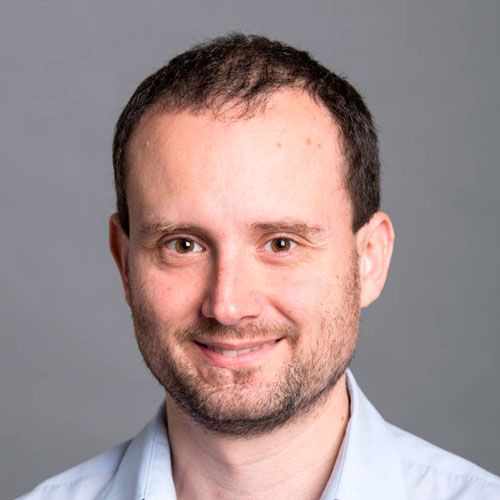
Petr Brazda
FZU
Petr Brazda studied inorganic chemistry at the Charles University in Prague, Czechia. During his PhD. studies under cotutelle with Universite L. Pasteur, Strasbourg, France, he focused on sol-gel chemistry and Fe2O3/SiO2 nanocomposite preparation and characterisation. His interest in x-ray powder diffraction and transmission electron microscopy shifted his scientific focus during his post-doc stay in the Institute of Inorganic Chemistry of the Czech Academy of Sciences towards electron crystallography.
He is a member of the group of Lukas Palatinus since 2014. The main focus of his work is the beam sensitive materials, especially organic molecular crystals. He also co-develops diffraction data post-processing methods focused on the diffraction frame orientation and microscope optical distortions.
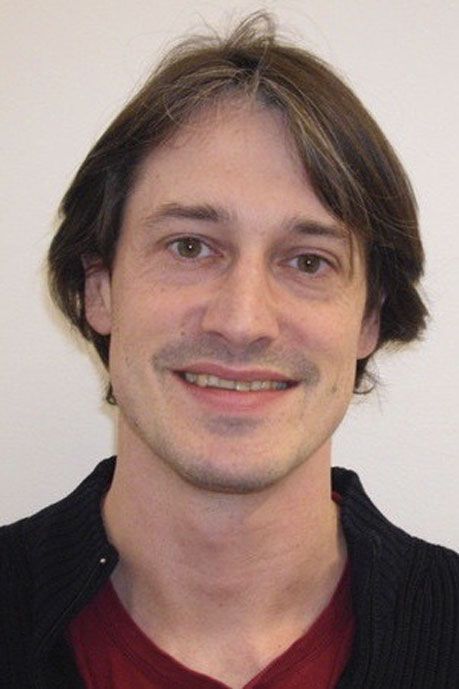
Eric van Genderen
UBA
Eric van Genderen has a Bachelor degree in Biochemistry and Biotechnology at the University of Leiden (UL) and Technical University of Delft (TUD). During his Masters he specialized in Molecular Genomics at the UL with support from the TUD. As he had an interest in a broad topic overlapping physics, biochemistry and math and combining those for method development he found a PhD at the UL where he worked on improving known methods and data collection strategies for protein crystallography with Transmission Electron Microscopes. The most important aspect and success came from implementing the Medipix 2 and Timepix 1 and 3 CERN chips as a detection method for electrons in diffraction studies on several TEM systems across Europe. Later this effort was acknowledged as a commercial party took interest in these products and successors of these cameras are now available in many labs across the world.
The new method for protein crystallography became later known as microED and 3D ED for protein crystallography studies. He achieved his PhD degree at the University of Leiden with Prof. Dr. Jan Pieter Abrahams and Prof. Dr. Marin van Heel. As a Post Doc fellow, he continued this research at the University of Basel (UB) on bio-organic crystallography with TEM and further investigating detectors for diffraction on TEM. After a year he was asked for a tenure track position at the Paul Scherrer Institute in Switzerland, where he finally was accepted in 2020 for a tenure position at the BIO Division as an Engineer/Scientist with 30-50% of his time being dedicated to his own independent research interests and the rest of his time for one the main research topics of the group of Jan Pieter Abrahams.
Currently his interest goes towards novel methods for diffraction on non-crystalline large Bio-organic molecules (proteins) and works personally on/supports group members with advances on 3DED/microED. Also is he especially interested in specific case studies on correlative light Electron Microscopy.
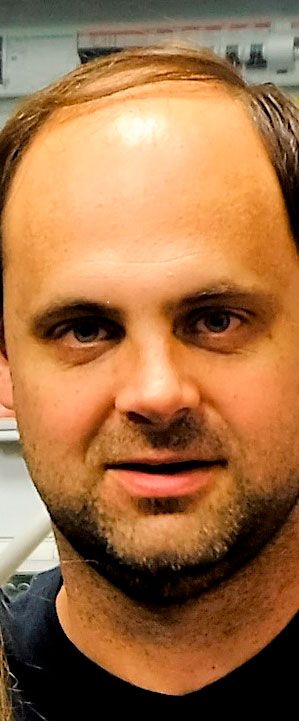
Enrico Mugnaioli
IIT
Enrico Mugnaioli attended Degree and PhD studies at the Department of Earth Sciences of the University of Siena, Italy. During his PhD, he worked on applied Electron Crystallography for the structure characterization of asbestos. From 2007 to 2014 he worked at the Electron Microscopy Center of the Johannes Gutenberg University in Mainz, Germany. He collaborated with several public and private research institutions providing crystallographic and TEM expertise. He was one of the first developers and users of the Automated Diffraction Tomography (ADT) method, for the acquisition of 3D electron diffraction data from single nanocrystals. From 2013 to 2017 he was PI of the Italian national project FIR2013 'Exploring the nanoworld', coordinating two research units located at the University of Siena and University of Pisa.
Since April 2017 he is collaborating with CNI@NEST, Pisa. He is involved in the development and application of electron crystallography methods for the structural characterization of nanocrystalline and beam-sensitive materials, with a special focus on nanoparticles, minerals, porous materials, pharmaceuticals and macromolecules.
He is a member of the Italian Crystallographic Association, the Italian Society of Mineralogy and Petrology and the Italian Society of Microscopic Sciences.
